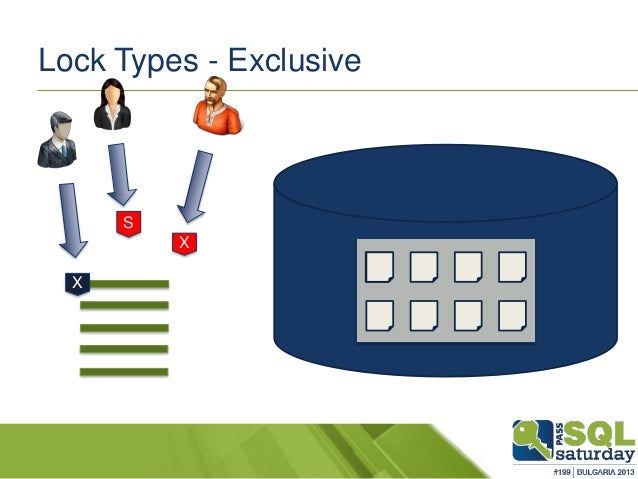

To trace deadlock events, add the Deadlock graph event class to a trace. Using SQL Server Profiler, you can create a trace that records, replays, and displays deadlock events for analysis. If you raise a support issue, please include the SQL Server logs in addition to your support zip/Confluence logs. A deadlock occurs when there is a cyclic dependency between two or more threads, or processes, for some set of resources within SQL Server. It also provides an explanation for interpreting the output, which may help your troubleshooting process. This MSDN blog outlines the process and gives examples of the output this additional level of trace logging provides. You can enable a trace flag on SQL Server that will log deadlocked queries with enough verbosity to confirm if there is an issue with the type of lock that is being used. If the symptom reflects the variant above, Tracking Plugin might have been installed in Confluence. SQL Server is escalating row locks (in this case deleting a draft from the CONTENT table) to table locks and stopping other transactions from accessing the table.

It's also possible for this to happen without putting anything into the logs at all. Rerun the transaction.Īt .SQLDiagnostic.addDiagnostic(SQLDiagnostic.java:368) Rerun the transaction.Ĭaused by: : Transaction (Process ID 51) was deadlocked on lock resources with another process and has been chosen as the deadlock victim. Transaction (Process ID 51) was deadlocked on lock resources with another process and has been chosen as the deadlock victim. : Hibernate operation: could not update: SQL ] log rvice() for servlet file-server threw exception Rerun the transaction.Īt .SQLDiagnostic.addDiagnostic(SQLDiagnostic.java:367) To see how read / write connections should be configured, lets look at this. Rerun the transaction.Ĭaused by: : Transaction (Process ID 55) was deadlocked on lock resources with another process and has been chosen as the deadlock victim. To use a Microsoft SQL Server database, you should ensure that you have the. nested exception is : Transaction (Process ID 55) was deadlocked on lock resources with another process and has been chosen as the deadlock victim. : Hibernate operation: could not delete: SQL Transaction (Process ID 55) was deadlocked on lock resources with another process and has been chosen as the deadlock victim. url: /confluence/pages/docreatepage.action | userName: tstcreator3 This provides all the information we need to identify the root cause of the deadlock and take necessary steps to resolve the issue.17:01:21,359 ERROR onThrowable Invoking rollback for transaction on action '/pages/docreatepage.action (CreatePageAction.doAdd())' due to throwable: : Hibernate operation: could not delete: SQL Transaction (Process ID 55) was deadlocked on lock resources with another process and has been chosen as the deadlock victim. You can save the Deadlock xml as xdl to view the Deadlock Diagram. SELECT CAST(event_data AS XML) AS įROM sys.fn_xe_telemetry_blob_target_read_file('dl', These queries identifies the deadlock event time as well as the deadlock event details. Next logical question is, what caused this deadlock. So we have identified Deadlock happened in the database through our Application Insights. | communication buffer resources with another process and has been chosen as the deadlock victim. Transaction (Process ID 166) was deadlocked on lock Customize the degree of parallelism, or set it to 1 to execute in sequence. Log App Concurrency Control Behaviorįor each loops execute in parallel by default. The solution we implemented to alleviate this problem is to run this process in Sequence instead of parallel threads. That’s the root cause of the problem and we didn’t want to remove the explicit Transaction. Our process high percentage of shared data and we wanted to ensure the consistency, so we had Explicit Transactions in our Stored procedure calls. In Ideal world, Database should be able to handle numerous concurrent functions without deadlocks. The problem was Azure Functions invoked Database Calls which caused Deadlocks. So Logic App invoked several concurrent threads which in turn invoked several Azure Functions. Recently we were working with Azure Logic Apps to invoke Azure Functions.īy Default, Logic App runs parallel threads and we didn’t explicitly control the concurrency and left the default values.


 0 kommentar(er)
0 kommentar(er)
